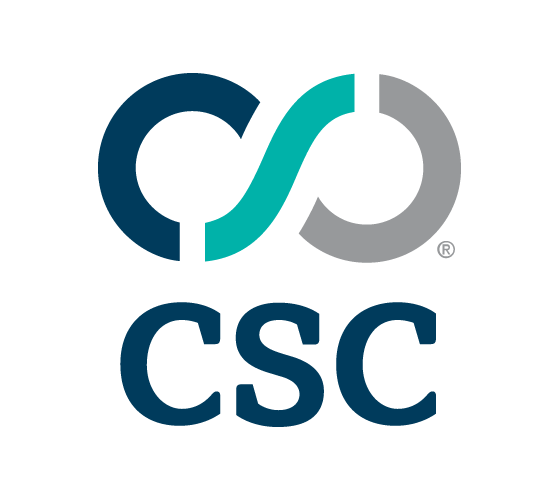


|
||
|
||
What will the Internet look like in the next seven to 10 years? How will things like marketplace consolidation, changes to regulation, increases in cybercrime or the widespread deployment of the Internet of Things impact the Internet, its users and society?
At the Internet Society, we are always thinking about what’s next for the Internet. And now we want your help!
The Internet is an incredibly dynamic medium, shaped by a multitude of pressures—be they social, political, technological, or cultural. From the rise of mobile to the emergence of widespread cyber threats, the Internet of today is different than the Internet of 10 years ago.
The Internet Society and our community care deeply about the future of the Internet because we want it to remain a tool of progress and hope. Last year, we started a collaborative initiative—the Future Internet project—to identify factors that could change the Internet as we know it. We asked for your views and heard from more than 1,500 members across the world—thank you! That feedback provided a strong foundation for the development of our Future Internet work.
We have consolidated that input into nine driving forces for the Internet. The list is posted on our future Internet webpage, along with the challenges and uncertainties raised by our community. Our community identified these forces as the things that will influence how the Internet will evolve in the future. They include:
Now, we need your help again. Please review this work and let us know what you think by sending your answers to the following questions to [email protected]:
2017 is the Internet Society’s 25th anniversary. It is an opportunity to look back and see how the Internet has grown and evolved since our earliest days. It is also a chance to look ahead and imagine the future. Will the Internet continue to be a tool to build community, drive innovation, and create opportunity?
With this Future Internet project, we can imagine some different futures and then think together about what steps we need to take today to bring about the future that we want.
More updates will be coming soon, with a final report in September. Thanks in advance for your participation and input!
Note: an earlier version of this post appeared on the Internet Society blog.
Sponsored byRadix

Sponsored byVerisign

Sponsored byWhoisXML API

Sponsored byCSC

Sponsored byDNIB.com

Sponsored byIPv4.Global

Sponsored byVerisign

Today’s announcement from China stands in stark contrast to what has occurred in the U.S. which is engaging in the opposite action - essentially eliminating all leadership roles - Internet or otherwise. Trump’s idea of infrastructure investment is a worthless wall on the country’s border and withdrawing into a bilateral turtle shell. By contrast, China has put its money where its mouth is in investing in network/cloud innovation and infrastructure, in inclusion of everyone, and its global leadership and outreach in essentially every venue.
You can go to the most remote mountain valleys in China and get good Internet connectivity. You may not be able to get to some media outlets and search capabilities, but there is excellent service for almost everything else, and inclusion is facilitated.
If ISOC wants to know what the Internet (or more precisely 5G and NFV-SDN and MEC) will look like in 10 years, it should examine what China is doing and read Jack Ma’s advocacy and admonitions.
Trump instead is leading the U.S. to ruin - putting up walls and destroying the foundations for global trade, playing the global bully boy - somehow pandering to the Rust Belt left behind 20 years ago for nothing more than power and money for friends and family. Ma has the fortitude to speak out against Trump; while Silicon Valley executives with heads bowed in supplication parade to Trump Tower in the hopes of garnering favor with a ludicrous clown who extols the virtues of Russian leadership. Now there’s an Internet model!
Similarly, speaking as one of ISOC’s founders 17 years ago, it is an embarrassment in remaining silent - having become complacent. Seventeen years ago, ISOC was fighting global battles over paradigms (OSI vs. DARPA Internets), fighting governments for the availability of leased lines and international access. ISOC has become fat and complacent, and been tilting at irrelevant windmills.
Hurray for China’s wise leadership in the face of U.S. shame. Go consult them about what the Internet will look like because they are making it happen.
- A lot more Trademarks will have applied for/and started to use their .BRAND new gTLD;
- There will be more websites ending with a new domain name extensions instead of a “.com”;
- Future new gTLD applications will offer more innovation (instead of just domain name registrations);
- The probability for new roots to develop will be higher (for a more secured version of the Internet: http://www.bbc.com/news/world-europe-26210053 ?);
- Investing in domain names will become a serious investment solution;
- Someone will have created a universal directory.